A bold accent in the garden, multiple shades of pink, white and red bronze. Forms a multi-trunked clump to 4 ft. tall and wide, much shorter than it’s other Cordyline relatives. Will do well anywhere in the Bay Area, Sacramento Valley and Foothills. Full sun to partial shade, don’t over-water I’ve had good luck planting on a slight mound. Moderate to fast growth rate. Excellent in containers. Can be used in Tropical gardens, Mediterranean gardens and Contemporary gardens.
Bromeliads!
Ravenala madagascariensis, Traveler’s Palm.
These incredible specimens are in the Royal Flora Ratchaphruek Garden in Chiang Mai Thailand. I have seen these in sunny, wind protected locations in the warmest winter parts of the Bay Area, as well as many places in Socal, South Florida and Hawaii, and they are eye catching, but they are almost always wind tattered. These are grown in a climate that is almost always hot and seldom windy. These would be great in a Topical Garden or in containers that you protected in the winter or moved inside.
Nymphaea Cv. Tropical Water Lily.
I’m not sure because there is so much color variation and the monks at this temple (Wat) in Chiangmai, Thailand had no idea, lol. But this photo is true to the color. This or other Day blooming water lilies would be outstanding to use in a small informal pond in a Tropical garden, Asian garden or a formal pond in a Patio or Courtyard garden. These will need special over-wintering care in many parts of the bay area, but they are worth the trouble.
Adenium obesum, Desert Rose.
Look at this specimen from the Chiangmai flower show in northern Thailand! It’s almost 4 ft. across and is trained as a bonsai. These can be grown in containers here, just make sure to keep them warm, sunny and dry in the winter (indoors) and don’t over-water in the summer. They are native to sub-sahara desert areas of Africa and are in the Oleander family, so all parts are poisonous, even their beautiful flowers.

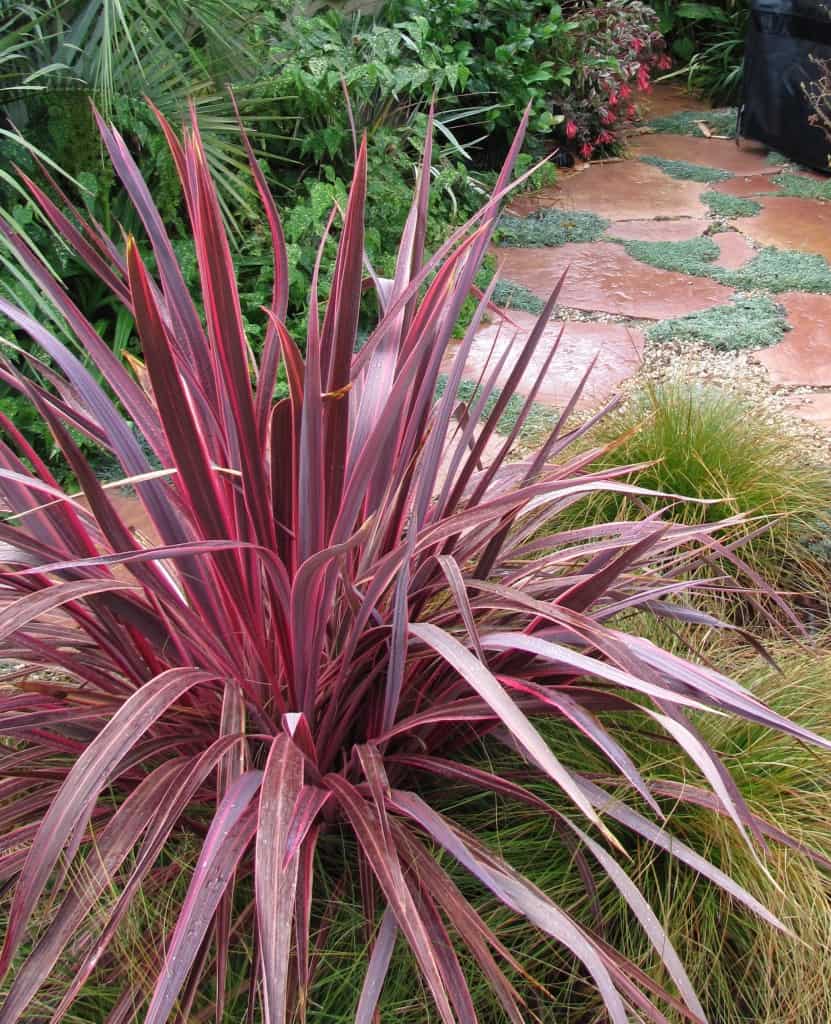
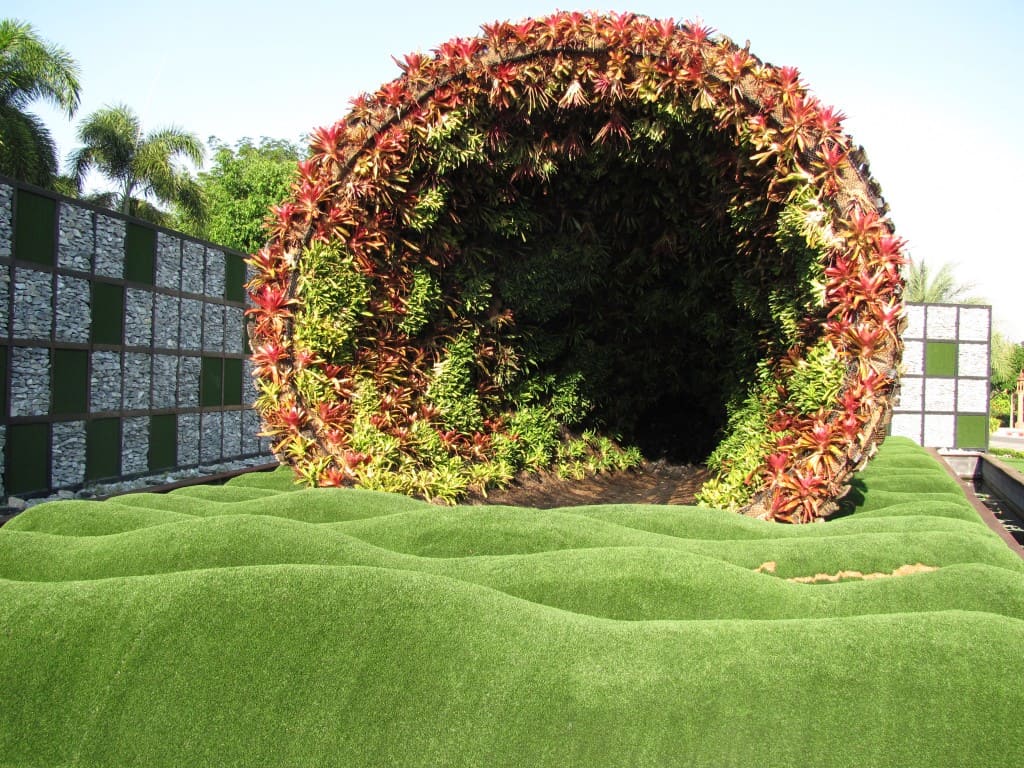
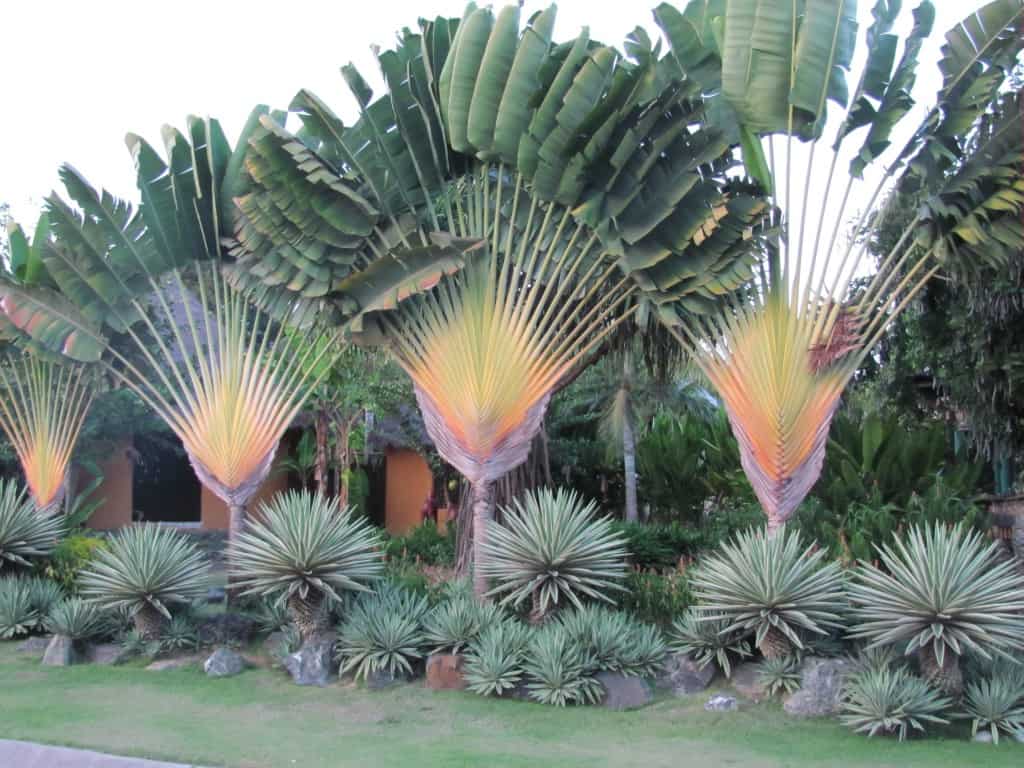
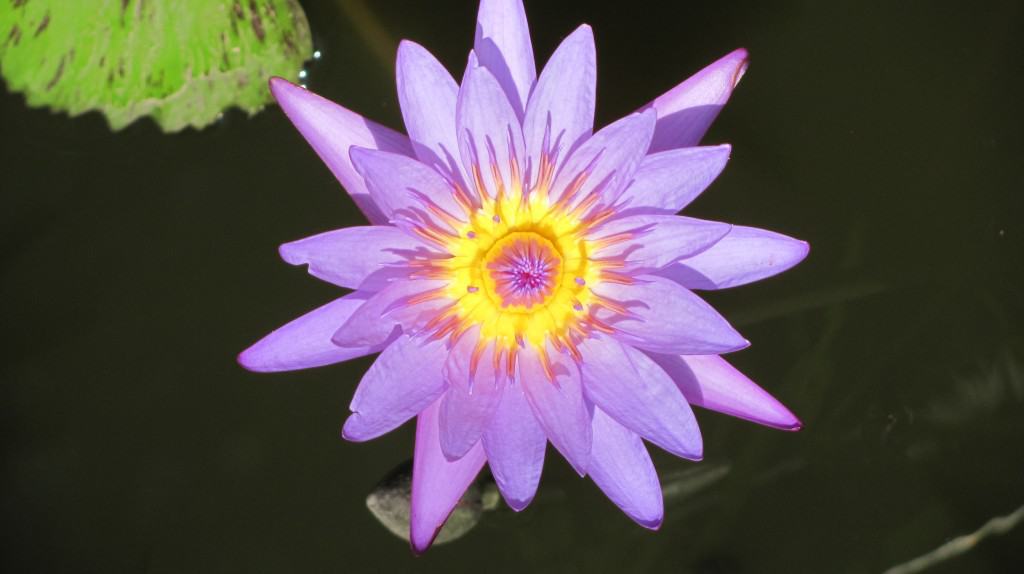
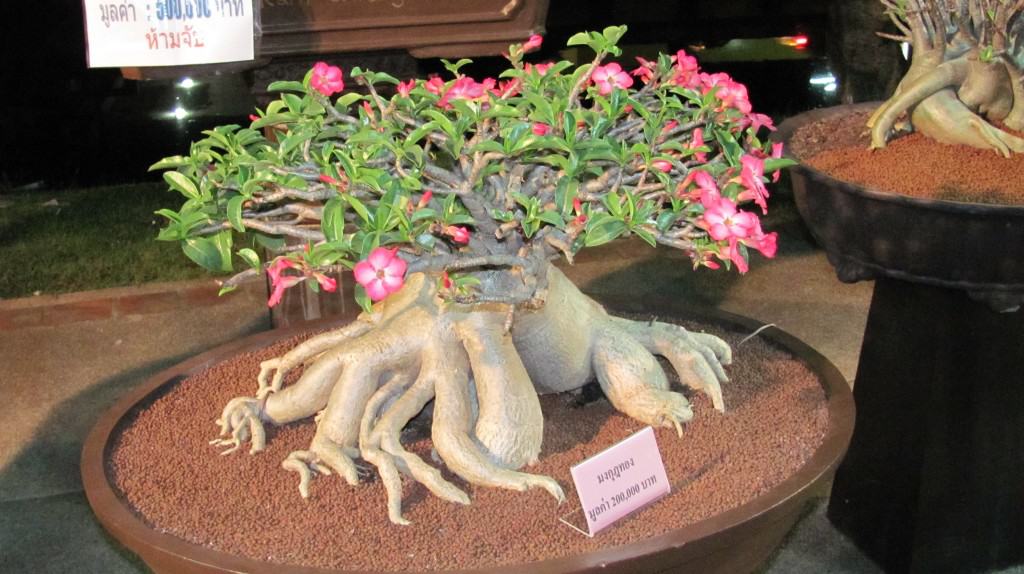

Follow Us!